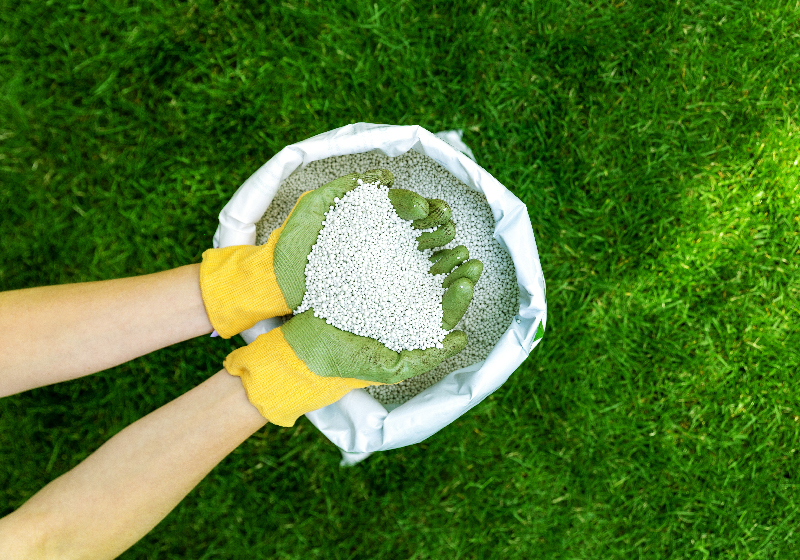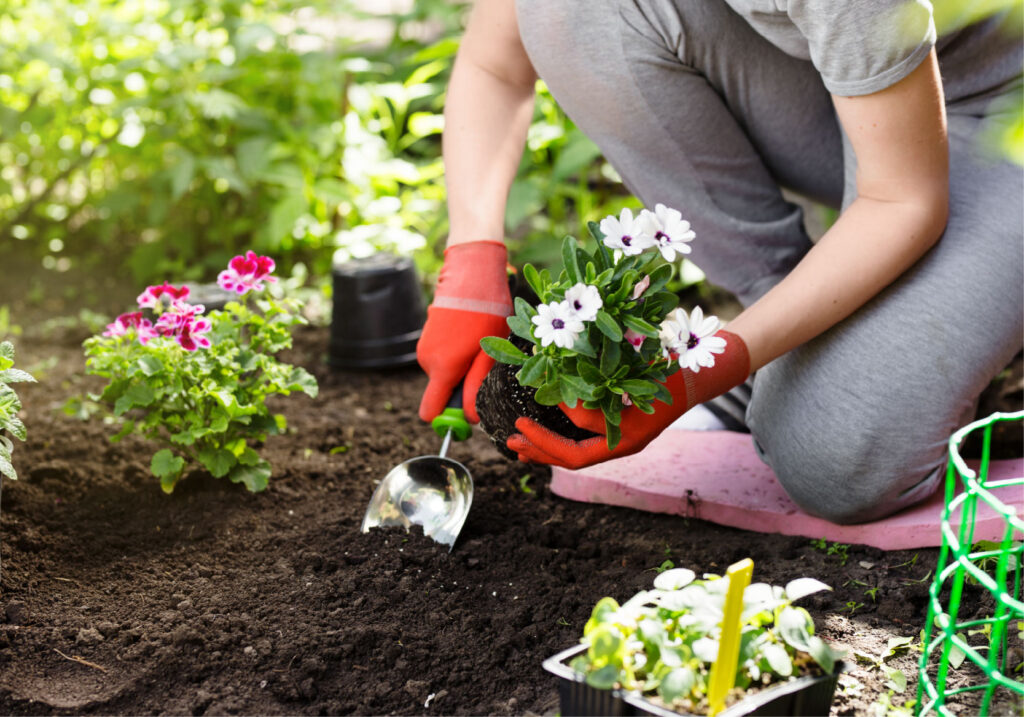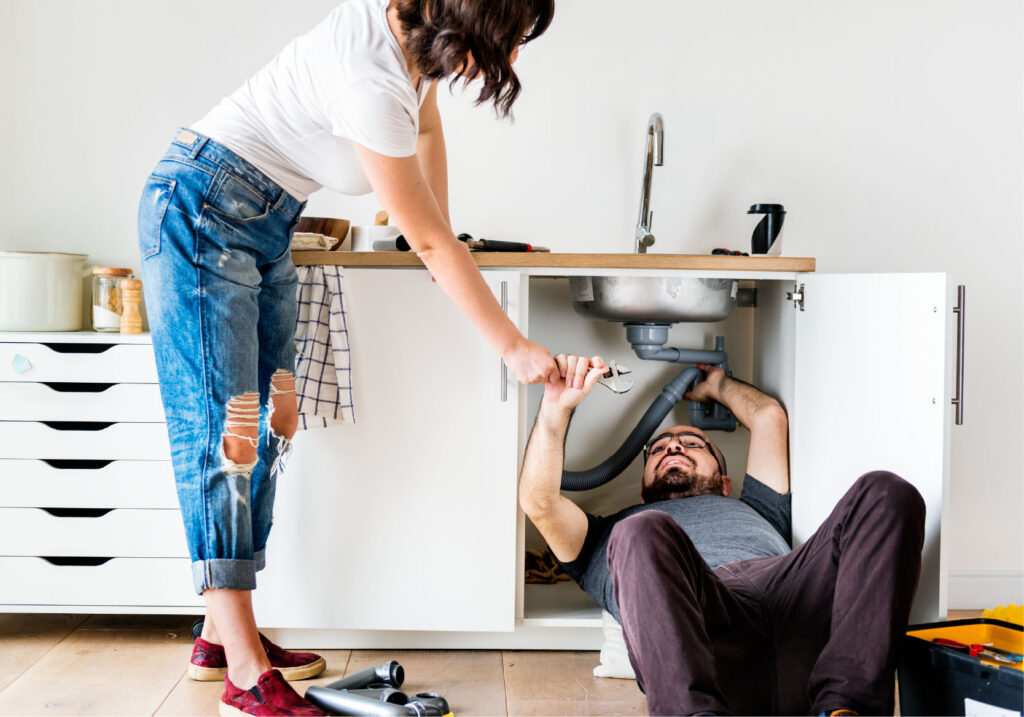By Kym Preslar, Content Manager of SodLawn
Weeds are probably the most common problem that homeowners face when it comes to lawns. Weeds not only make your lawn look unsightly, but they also compete with your grass for nutrients and water, eventually leading to weak and sparse growth.
The good news is that there are several ways to control them. You can manually pull them out by hand or use mechanical tools like a weed puller or hoe.
Another effective method is using herbicides, but make sure to choose a product that is labeled for your specific weed problem and follow the instructions carefully to prevent damage to your lawn.
Pests like ants, grubs, and moles can wreak havoc on your lawn and cause extensive damage if left untreated. You can identify the presence of pests by noticing disturbed soil, tunnels, or patches of yellow or brown grass. To control pests, a multi-pronged approach is recommended.
You can use natural repellents like garlic or pepper spray, set traps or baits, or apply insecticides. However, it’s important to note that some insecticides can harm beneficial insects, like bees, so use them sparingly and with caution.
Lawn diseases can be caused by a variety of factors, including weather conditions, soil quality, and improper maintenance. Common signs of lawn diseases include discoloration, wilting, or thinning of grass blades.
The best way to prevent diseases is to ensure proper lawn care practices like regular watering, fertilizing, and mowing. If you do notice signs of a disease, you can treat it with fungicides or hire a professional lawn care service to diagnose and treat the problem.
Tools and Equipment
One of the most crucial tools you’ll need is a lawn mower. Whether you have a small or large yard, a mower will enable you to keep your grass at the perfect length. Consider the size and terrain of your lawn when selecting a mower.
For smaller yards, an electric or manual push mower will suffice, while larger yards may require a gas-powered mower or even a riding mower. Make sure to also consider the type of grass you have, as some mowers work better with certain types.
But keeping your lawn healthy and green requires more than just regular mowing. Fertilizers play a significant role in ensuring your grass gets the nutrients it needs. You can choose between organic or synthetic fertilizers, depending on your preferences.
Organic fertilizers are made from natural materials and typically break down over time, while synthetic fertilizers are chemically made and provide immediate results. Whichever you choose, make sure to follow the instructions carefully to avoid over-fertilizing.
Maintaining a healthy lawn also relies on proper watering. While hand-watering can be effective, it’s time-consuming and inconsistent. An irrigation system, on the other hand, will provide a consistent and efficient watering solution. Sprinkler systems and drip irrigation systems are two popular options, with different benefits depending on your lawn’s size and shape.
While you can easily start with the basics – a lawn mower, some fertilizers, and an irrigation system – you may find that you want to scale up your equipment as you have more time and interest to tend to your lawn.
For example, you may also want to purchase things like trimmers, edgers, and leaf blowers to make your lawn care tasks a bit easier.
Conclusion
Understanding your lawn is more than just mowing or watering it. It’s a combination of knowledge, experience, and dedication to achieving the best results.
By choosing the right grass type, maintaining the optimal soil pH, and providing the required sunlight and water, you can create a beautiful lawn that enhances your home’s outdoor space.
Remember to always monitor your lawn’s health and treat any problems early to achieve the best results.
With the information provided in this ultimate guide, you’re now well-equipped to take on the challenge of creating a lawn that you’ll be proud to call your own.
If you missed part 1 of this guide, take a look back to learn about the essentials of lawn maintenance!



